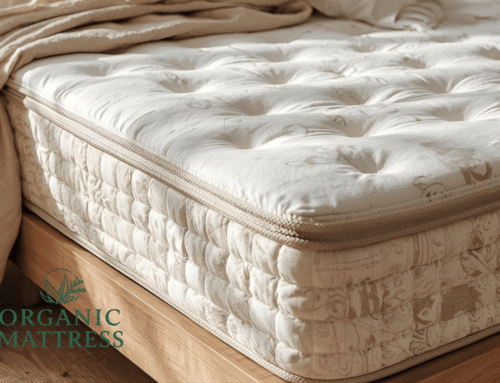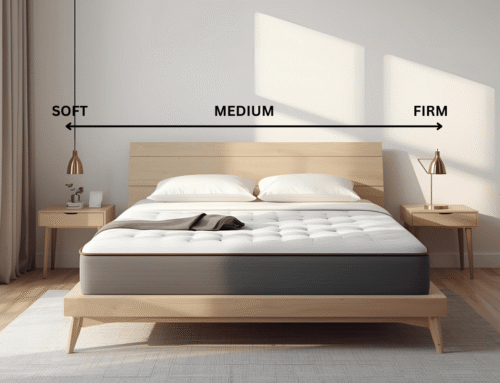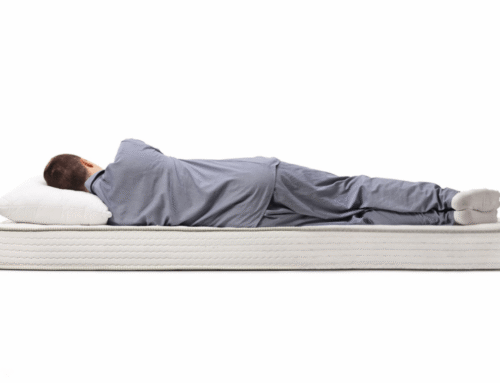Are you trying to decide between a soft or firm mattress for back pain? You’re not alone! Choosing the right mattress is difficult, especially when you have woken up in the morning with a stiff back or sore muscles. The answer isn’t as simple as choosing soft or firm, it all depends on your body, your sleeping position, and what feels best.
In this article, we will outline the advantages and disadvantages of soft versus firm mattresses, so you can find the best choice for relieving your back pain. We will also help you understand how your sleeping position could influence your purchasing decision and give you some tips on what to look for when you shop.
Key Takeaways
- If you have back pain, the firmness of your mattress helps. It affects spinal alignment and pressure relief, both essential for better sleep.
- A medium‑firm mattress often gives you the best balance and keeps the spine aligned while softly cushioning the hips and shoulders.
- Soft mattresses may feel plush at first, but they usually don’t offer enough support. Your body can sink too much, which may increase back pain over time.
- Firm mattresses provide strong support and help with spinal alignment, but too much firmness can create pressure points that lead to discomfort.
- Your sleep position and body type both influence what feels best. Trying out different firmness levels helps you find the most supportive option for your back.
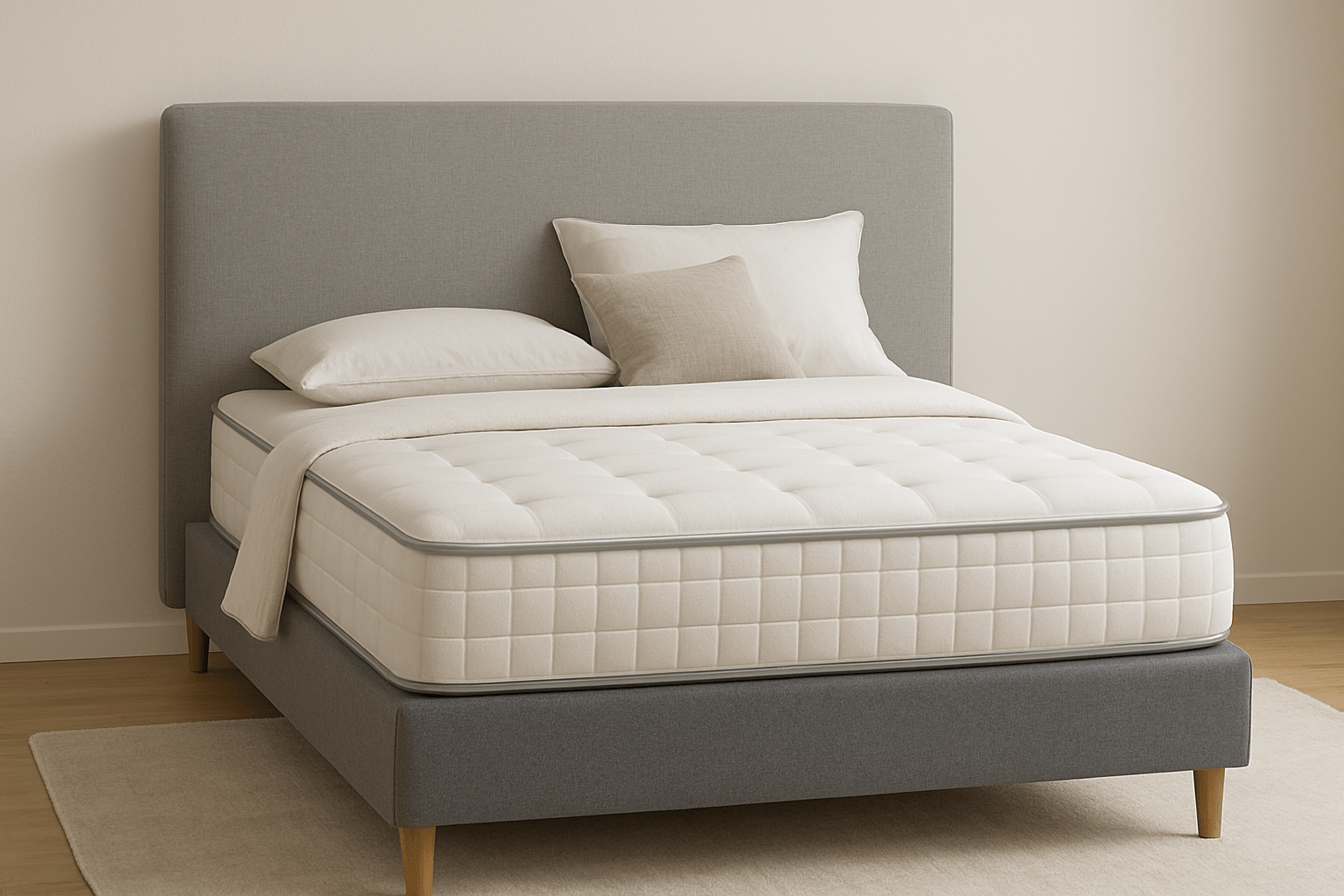
Why Mattress Firmness Matters for Back Pain
The firmness of your mattress makes a significant difference when it comes to waking up feeling refreshed and free of discomfort. If a mattress is too soft, it can allow your hips and shoulders to sink too far, which means your spine can be out of alignment and you can wake up in pain. An overly firm mattress can feel more like a board, can fail to cradle your natural curves and create pressure points which can lead to pain and discomfort as well.
So, which firmness is right for you? Side sleepers typically benefit a little from a mattress that is not too soft so as to relieve some pressure on the hips and shoulders. Back and stomach sleepers might need a little more rigidity and support to ensure proper spinal alignment. We want to find the right balance between pushing into comfort and getting the support we need to wake comfortably.
Pros and Cons of a Soft Mattress
Soft mattresses are known for their cozy, plush feel that many people love to sink into after a long day. They’re often made with thicker comfort layers like memory foam or pillow tops, which is great for side sleepers who need extra cushioning for their shoulders and hips. When people talk about what a soft mattress is, they usually refer to that cloud-like feeling that seems to hug every curve of your body.
But have you ever wondered what is it good for beyond just comfort? It’s ideal for relieving pressure points and keeping you comfortable if you sleep on your side. However, if you’re a back or stomach sleeper, here’s why a soft mattress might hurt your back: it can let your hips sink too far, putting your spine out of alignment. Plus, these mattresses often wear out faster, meaning you might lose that crucial support sooner than you’d like.
Pros and Cons of a Firm Mattress
Firm mattresses are often recommended for back and stomach sleepers because they help keep your spine in proper alignment. This kind of support can make a big difference, especially if you suffer from lower back pain. By providing a solid surface, a firm mattress can help reduce pressure on your back, giving you a more restful night’s sleep.
But it’s important to consider which is better: soft or firm mattress? While firm mattresses offer great support, they can sometimes feel like you’re sleeping on a rock! This is especially true if you have joint pain or tend to sleep on your side. A mattress that’s too firm might not cushion your shoulders and hips enough, leading to pressure points that leave you tossing and turning all night.
Finding the right balance of comfort and support is the key to waking up refreshed, no matter which position you sleep in.

Sleeping Position Matters
When it comes to back pain, your sleeping position really matters. Side sleepers often need a softer mattress that cushions their shoulders and hips, providing the comfort that helps them rest easier. On the other hand, back and stomach sleepers usually do better with a firmer mattress to keep their spines aligned and prevent that all-too-familiar ache in the morning.
But let’s say you love the plush feel of a soft mattress. How do you sleep on a soft mattress comfortably? A good tip is to make sure your pillow gives enough support to keep your neck aligned, and consider a mattress topper that can add some firmness if you sink too deep. If you’re someone who switches positions a lot during the night, you might need a medium-firm mattress that balances both comfort and support, giving you the best of both worlds so you can wake up refreshed and pain-free.
Spinal Alignment Is Key
Spinal alignment is also one of the most important factors for a good night’s sleep! Regardless of mattress softness or firmness, your spine should stay in a natural straight line when sleeping. A mattress that supports your hips, shoulders, and neck in alignment can make a world of difference in how you feel the next morning, improving the amount of back pain you have as well as extremely help in sleeping.
However, you may be asking yourself, which is a better option for back pain, a soft mattress or a firm mattress? Actually, it depends on the degree of support the mattress gives your spinal alignment. A soft mattress might allow your hips to sink into the mattress too far, throwing you out of alignment. This is why it is so important to learn to sleep on a soft mattress while having back pain. You could consider some supportive pillows or a mattress topper to maintain your spine in the natural pain-free position.
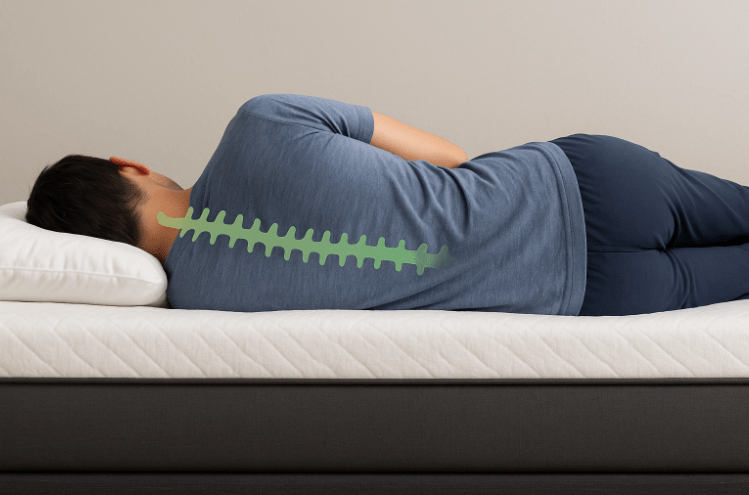
Testing Mattresses In-Store
If you’re getting ready to purchase a new mattress, it’s always a good idea to try it in-store, if possible. Don’t be shy – lie down in the position you usually sleep in and check to feel how you are supported. You should notice if your lower back feels supported, and that you’re getting some degree of sink, but you’re not so much sinking in that you’re disappearing into the mattress.
It is easy to assume that a few minutes on a mattress will not tell you too much about the firmness or comfort level. When you are able to test it out in person, you will get a better idea about whether it’s soft enough to cradle you or firm enough to keep your spine aligned.
If you are in the store, don’t hesitate to ask the salesperson for the construction or materials in the mattress. This is what they are there for and they want to help you find what works best for you; that’s where a good night’s sleep starts, with the right mattress.
Consider Hybrid Mattresses
If you’re struggling to decide between a soft or firm mattress, a hybrid might be the perfect solution. Hybrid mattresses provide the soft plushness of foam layers with the firm support of an innerspring core, so you can experience both qualities. Enjoy the soft cushioning of a soft mattress while still having the firm support your spine needs to remain aligned.
Another thing that really allows hybrid mattresses to excel is their versatility, hybrid mattresses can adapt to your varying sleep positions that may occur throughout the night, providing you comfort even if you’re not sleeping in the ‘ideal’ position. If your partner or roommate does not have the same level of firmness they desire, the hybrid can help keep everyone happy and satisfied.
By sleeping on a hybrid mattress, you do not need to sacrifice either comfort or support, allowing you to get a balanced night sleep that leaves you feeling refreshed and ache free.
Durability and Materials Matter
When it comes to choosing a mattress that will stand the test of time, durability and materials really matter. The quality of what’s inside your mattress affects how long it lasts and how it feels as the years go by. Memory foam and latex can offer different levels of support and pressure relief, while innerspring mattresses often feel firmer and can hold up well over time.
If you’re wondering which mattress is good for health, it really depends on the quality and construction. Look for mattresses made with high-quality materials that won’t break down or sag too quickly. A mattress that loses its shape or sags can cause more harm than good, leading to back pain and restless nights. Investing in a mattress that stays supportive for years means investing in your own health and comfort. After all, a good night’s sleep starts with a mattress you can rely on.
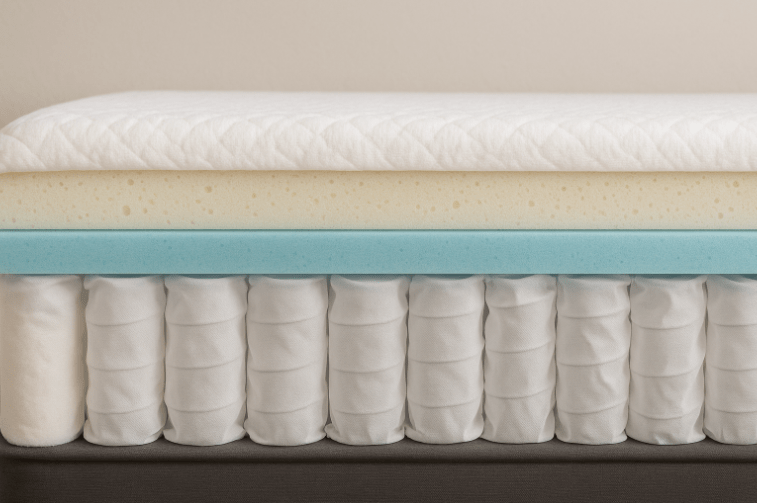
When to Replace Your Mattress
Even the best mattress can wear out over time. If your mattress is over 7-10 years old, or if you’ve noticed sagging or lumps, it might be time for a new one. An old mattress can lose its ability to support your spine, which often leads to back pain and restless nights.
But before you rush to replace it, consider how to make a soft mattress firmer if that’s what you need. There are ways to fix a too soft mattress, like adding a supportive mattress topper or using a piece of plywood underneath. Knowing how to know if you need a soft or firm mattress is also key, but it all depends on your sleep style, body type, and any pain you’re experiencing.
A new mattress that fits your needs and supports your back properly can make a world of difference in how you feel every morning.
Final Thoughts
So, what is better for back pain: soft or firm mattress? The answer depends on your body, your sleeping position, and how the mattress supports your spine. Generally, a medium-firm mattress is the sweet spot for most people, but testing different options is key.
Remember to focus on keeping your spine aligned and choose a mattress that balances comfort and support. Whether you pick soft, firm, or something in between, the right mattress can help you sleep better and wake up pain-free.

